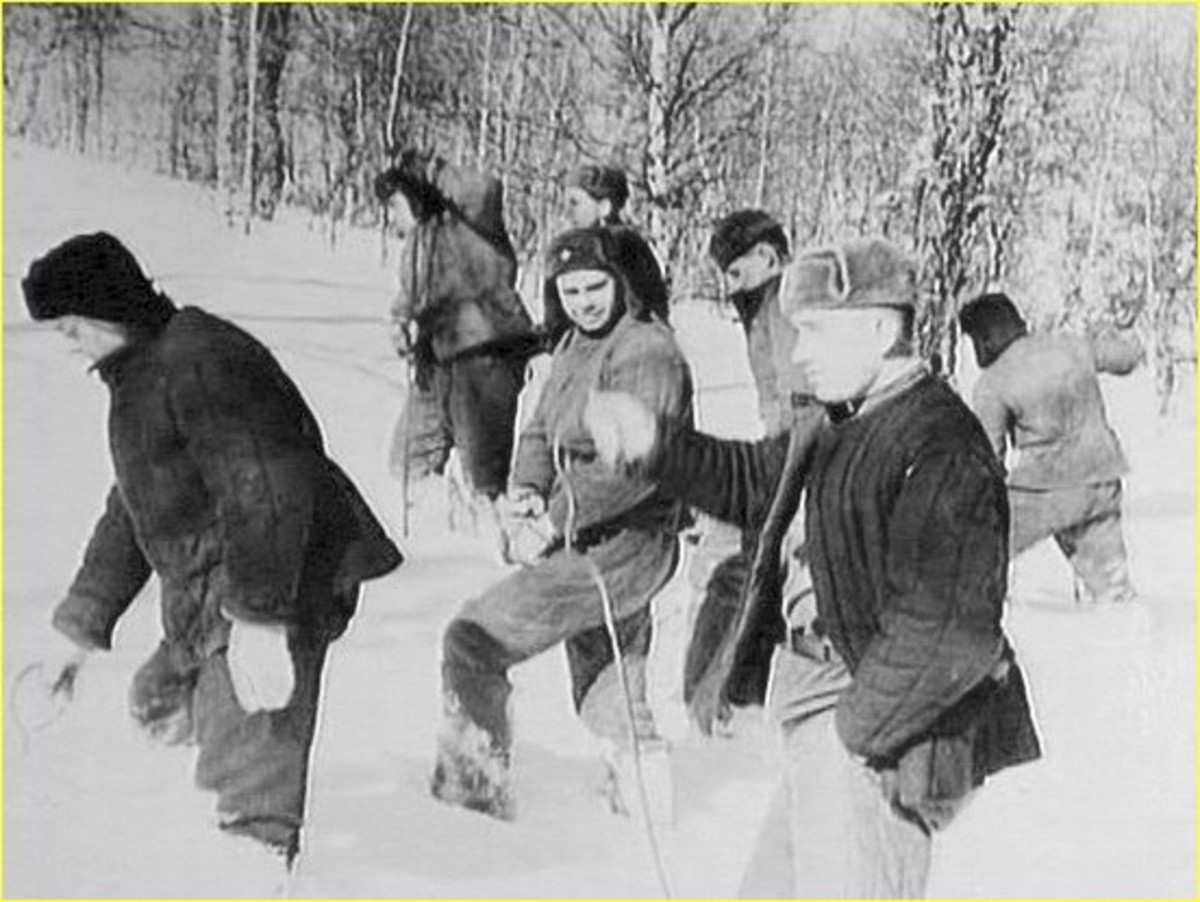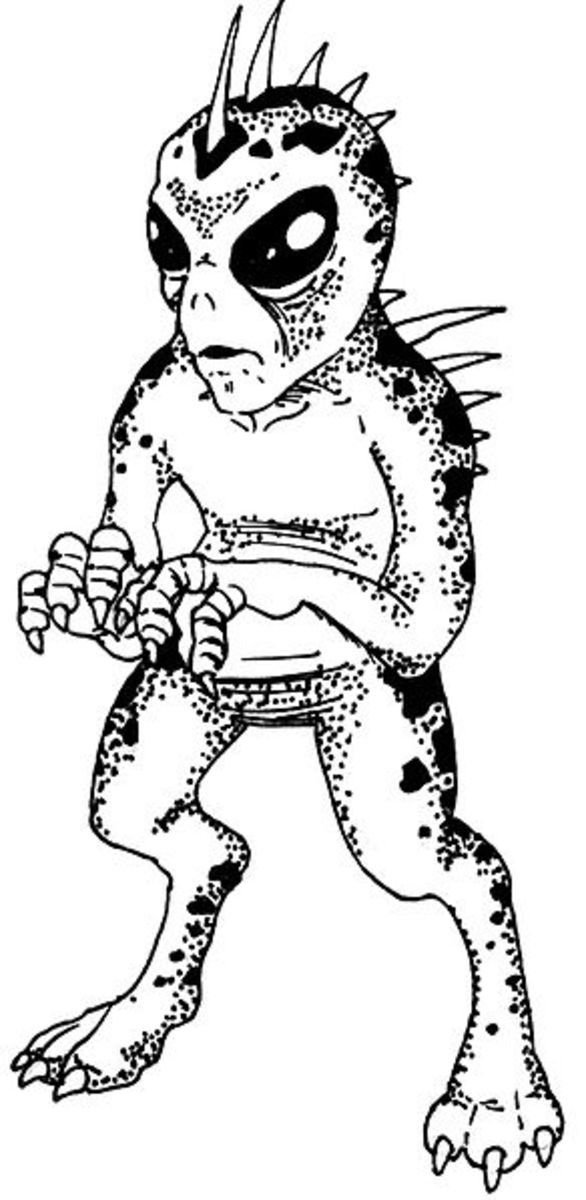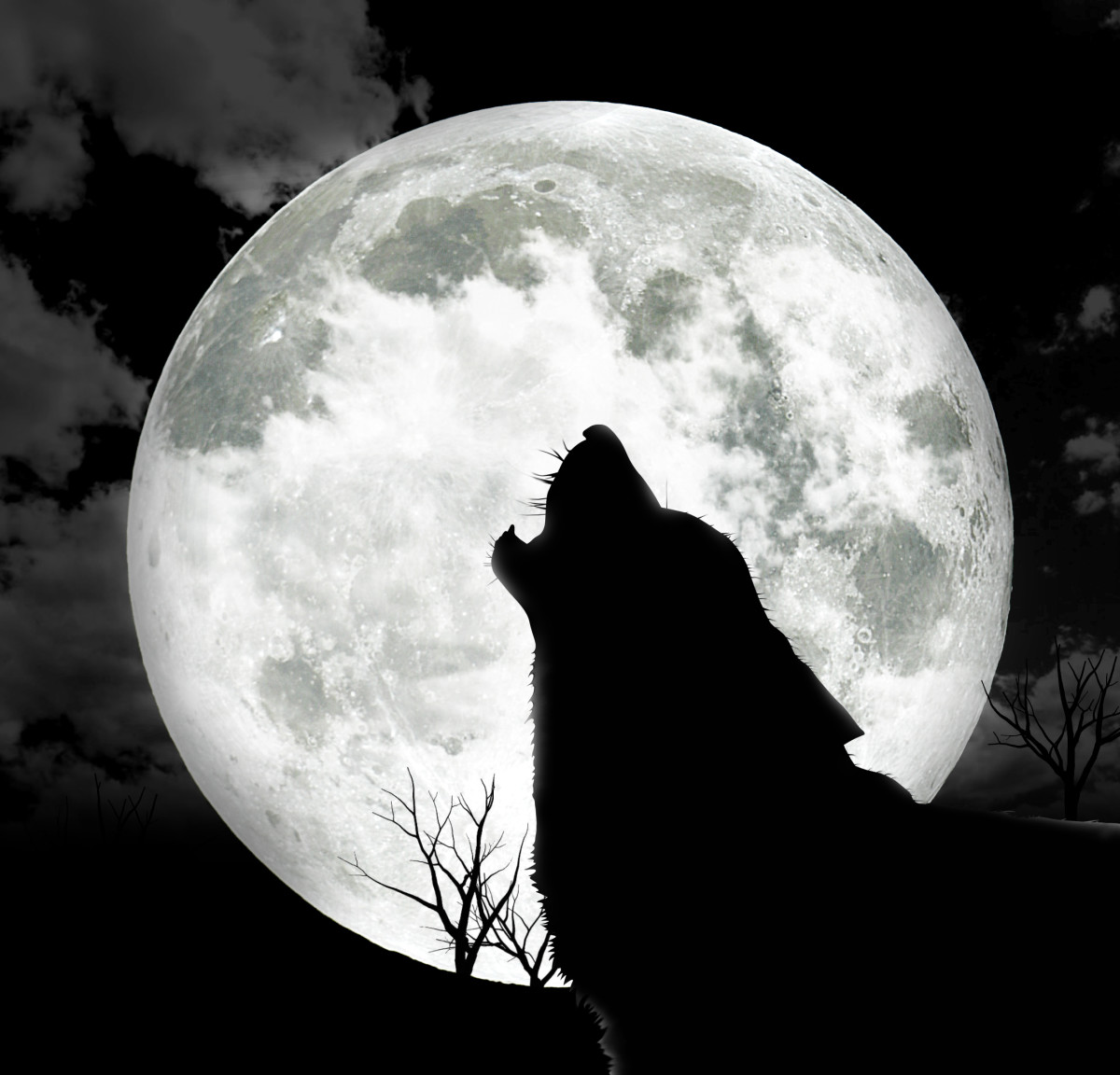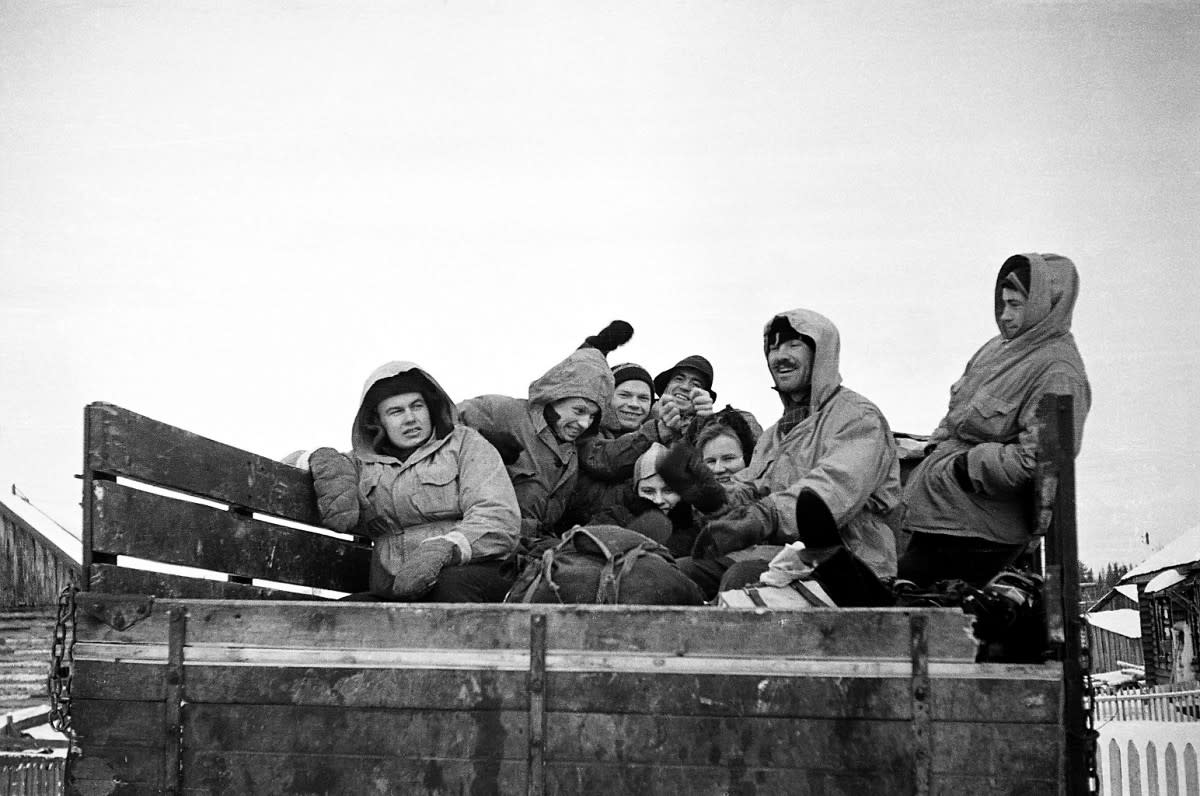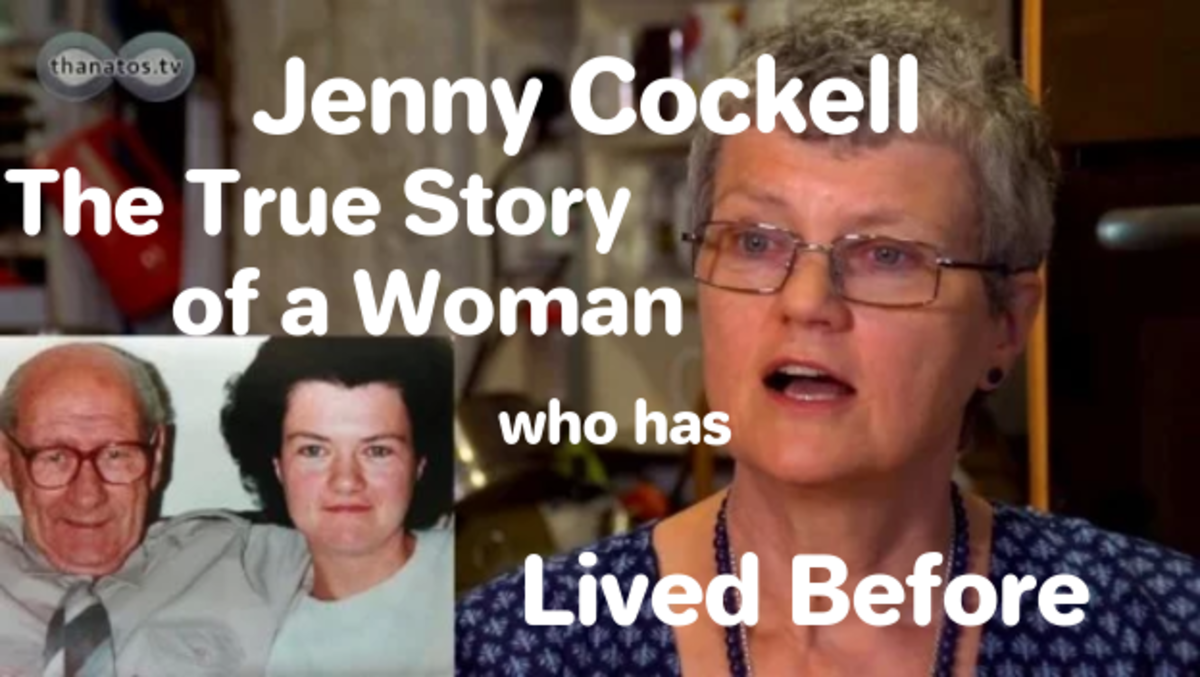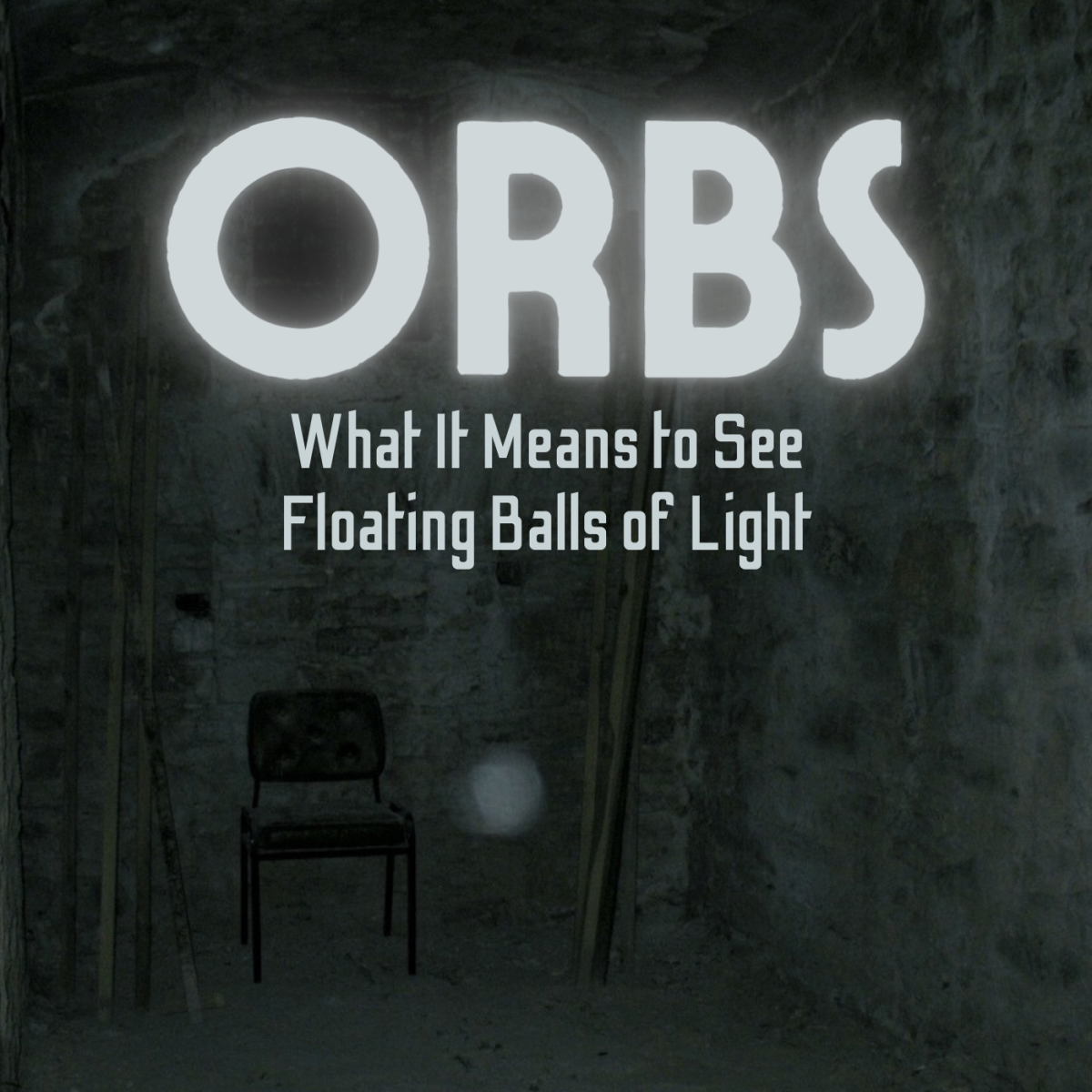The Dyatlov Pass Incident : Mystery Files
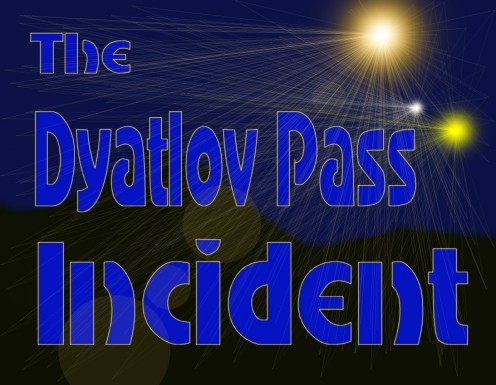
The Dyatlov Pass Incident.
Ten experienced cross-country skiers set out for two weeks of adventure in Russia's Ural mountains during the Cold-war February of 1959. One of the adventurers became ill and had to return home. Although he may have been cursing his luck at the time, he was to thank his lucky stars shortly afterwards, for a few weeks later, all nine of his fellow adventurers were found dead in extremely bizarre circumstances.
Stories abounded that the victims had fled in terror, half-dressed into sub zero temperatures, that their heads had been crushed and their tongues had been torn out, that the bodies were burnt and radioactive and that strange glowing craft were seen in the skies on the night of the carnage. The strange happening became known as The Dyatlov Pass Incident.
The Dyatlov Ski Team
The Dyatlov Ski team was a team of ten experienced cross-country skiers who had decided to take on the challenge of a difficult cross-country route. The skiers, eight men and two women led by Igor Dyatlov, were all from the Ural Polytechnical Institute.
They were:
-
Igor Dyatlov
-
Yuri Yudin
-
Zinaida Kolmogorova
-
Lyudmila Dubinina
-
Alexander Kolevatov
-
Rustem Slobodin
-
Georgyi Krivonischenko
-
Yuri Doroshenko
-
Nicolas Thibeaux-Brignollel
-
Alexander Zolotarev
The route was intended to take them first to the Gora Otorten mountain, then 100 kilometers south along the main ridge of the Urals and up to Ojikachahl Peak, and from there they planned to follow the Toshemka river, which would take them about 100 miles east of the town of Vishay (Vizhaj).
Although the difficulty of this route would be considered only "average" in this day of high-tech equipment and GPS navigational aids, back in 1959 it was considered to be one of the most difficult routes that could be attempted.
The team began their trek at Vishay – the last inhabited town before the vast snow blanketed wastelands between them and Otorten. The expedition began on the 27th January 1959, but within one day, a member of the team - Yuri Yudin became ill and was forced to return, leaving the remaining group of nine skiers to continue without him. He would never see his companions alive again.
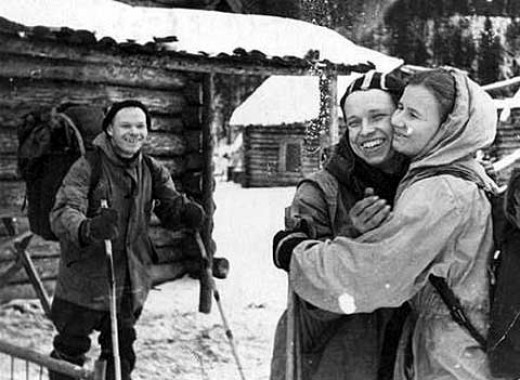
The trek continues
The team continued without Yudin, skiing across vast uninhabited snowscapes and frozen lakes for another four days. They had reached the river Auspia by the 31st January and set up a base camp at the edge of the highland area. Here they left some equipment and food to be used on the return journey. It was now February the 1st and they began to climb the pass toward Otorten.
It seems that they became lost -probably due to bad weather conditions -and they found themselves at a height of around 1,100m (3,600ft) stranded on the slopes of the mountain Kholat Syakhl. The time was now approaching 5pm, and so they decided to pitch their tents for the night. - They never got any further.
The last entry in their diary indicates that the group were in excellent spirits.The next day, they were going to continue onward to the mountain, which was only about 10km (six miles) to the north and then back to their base camp.
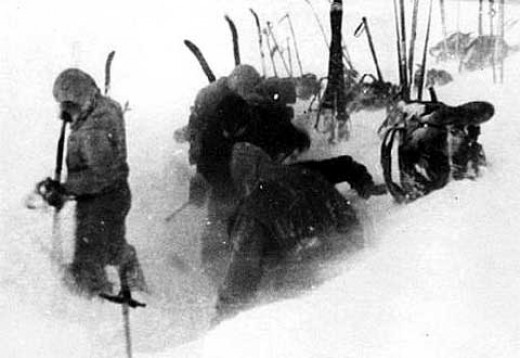
The group fail to return
The group were supposed to return to Vizhay by 12 February. On arrival, Igor Dyatlov was to send a telegram to the Institute’s sports club announcing their safe return.
The telegram failed to arrive, but because the ski team were regarded as very experienced, no one was unduly worried.
It was eight days later on 20 February when alarm bells finally began to ring. Worried students and relatives began to express concern about the groups non-appearance. The Institute organised a search-and-rescue team composed of teachers and students, and this was soon followed by police and military aeroplanes and helicopters.
The tent is discovered
The group's abandoned camp was finally discovered by the searchers on the 26th of February. The scene that met them was bizarre to say the least.
The tent was half-torn down. It had been purposely slashed from the inside to produce a large exit hole. Nearly all the group's belongings had been left in the tent. Footprints found in the metre-deep snow told a tale of people leaving the tent in a hurry, the tracks showed that some were wearing just one shoe, some only socks, and some were barefooted.
There was nothing so show that any other people may have entered the camp, no evidence of a struggle - and no sign of any of the group. The searchers followed the footprints which led down the slope towards a forest. At about one and a half kilometers from the tent, the searchers discovered two bodies - Yury Doroshenko and Georgy Krivonischenko.
Both men were dressed only in their underwear and were bare-footed. Their hands had been burned. Nearby was evidence of a fire. They were lying underneath a pine tree which had had it's branches broken off up to a height of sixteen feet from the ground. suggesting that one or both skiers had tried to climb it.
The body of Dyatlov was found another 300 metres (1000ft) away. He was lying on his back, his frozen hand holding a tree branch. The body of Rustem Slobodin was then found about 180 metres nearer to the tent and was later found to have a fractured skull. 150 metres closer again, lay the body of Zina Kolmogorova; both appeared to have been desperately trying to crawl back to the tent.
Four of the team were still missing and it would be another two months before they were found buried under 13 ft of snow in a forest ravine just 75 metres (250ft) from the pine tree. Dubunina and Zolotaryov had many broken ribs. Thibeaux-Brignollel’s skull had been crushed and Dubinina's tongue had been ripped out.
Zolotaryov was found to be wearing Dubinina’s faux fur coat and hat. Thibeaux-Brignolle's body was wearing two watches on his wrist – one showed the time as 8.14am, and the other as 8.39am.
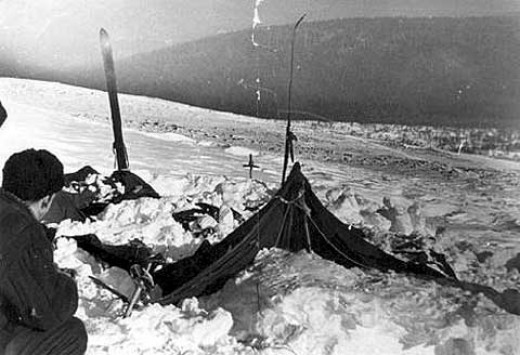

Secret Files
Despite the many strange questions that this case raised, it was nevertheless hurriedly brought to a close by the end of the month, classified as "Secret" and sent to an undisclosed Soviet archive.
The "Cold war" eventually ceased, and many years later during the 1990s the Dyatlov files were retrieved and declassified, but far from explaining the incident, they only deepened the mystery with the facts they revealed.
Medical examinations of the bodies had shown high levels of radioactivity. The chief investigator Lev Ivanov reported how his Geiger-counter had begun clicking rapidly as he approached the groups tent. Ivanov later reported that he had been ordered to quickly close the case and classify it as "Secret", by senior regional authorities. He said that the authorities were worried about numerous eyewitness reports of "bright flying spheres" in the area at the time of the incident.
The files actually contained testimonies from a group of geography students who were camping on the same night, but some 30 miles south of the tent. The leader of the group of geography students was reported as having said that they had seen strange orange coloured spheres, or “balls of fire”, floating in the sky on the same night that the students died.
Another student was reported as saying how they saw a glowing spherical object which appeared to be flying above the village on a line from south west and continuing to the north east. He estimated the size of the object by saying that it looked about the same size as the full moon. The object was said to be a blueish white colour and was encompassed by a what was described as a "blue halo" which produced sudden flashes of light. The observer watched as the object disappeared below the horizon and noted that the sky above the horizon at that point continued to light up for some time afterwards.
Strange rumours
Rumours about strange glowing craft in the sky had already been circulating for some time before the files had been declassified. Other stories accompanied the rumours - stories that the bodies all had strange orange tans and grey hair.
This particular story seems to be supported by Yury Kuntsevich who remembers witnessing the strange colouring on the faces of the bodies, whilst paying his respects. He attended the funerals of five of the victims, and remembers being puzzled because the faces of the bodies all had a deep tanned colour.
The truth is out there
Recently, the Ural State Technical university, the Dyatlov Foundation and a number of other (non-government) organisations, set up a conference which was attended by thirty-one independent experts as well as six members of the original search team, in order to try to discover what actually happened to the ill-fated group that night.
Their conclusions were that the military must have been conducting secret military tests in the area that night, which had somehow inadvertently caused the students deaths, but admitted that they lacked any documentation that could prove their theory. The real cause of the incident may never be known.
The area where the doomed group met their deaths in1959 has now been officially named ‘Dyatlov’s Pass’.
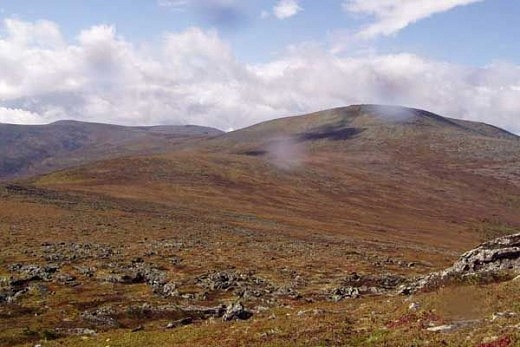


- The Jinx of the Hope Diamond : Mystery Files
Desired yet feared. The Jinxed Hope Diamond, originally stolen from an Indian Holy Statue, is said to carry a curse which has cost it's owners dear, resulting in Ruin, Insanity, violence and Death. - Oak Island - The Mystery of the Money Pit: Mystery files.
Oak Island Money pit - An ingeniously contrived pit that was constructed to hide a treasure? It has kept it's secret through constant assaults for over two hundred years, and has cost the lives of five men, yet it will not yield it's treasure. - Foo Fighters: Mystery Files
WWll pilots from both sides believed that they were secret weapons sent by their enemies. These strange vehicles flew along with the aircraft - stuck to them like glue and were impossible to shake off - Yet they never harmed a single plane - They wer - Gloria Ramirez - The Toxic Lady : Mystery Files
19th of February 1994 - A woman is brought into the emergency department with breathing difficulties. A bloodsample is taken which seems to release a strange overpowering odour - within minutes virtually everyone in the emergency room has been render

